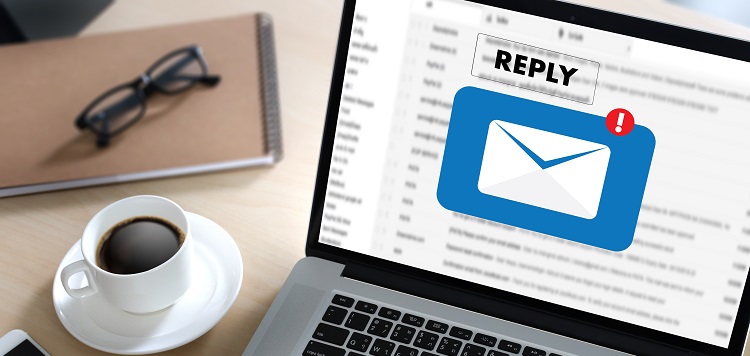Email marketing has remained one of the most effective ways to reach out to and connect with prospects and customers. However, writing and sending a few basic emails is often not enough to see a meaningful return on investment. In this article, we will explore various strategies that you can leverage to make email marketing work for you and maximize conversions.
Email marketing requires more than just writing and sending
To be effective in email marketing, you must look beyond just sending a message containing a few lines to your target audience. Instead, you need to focus on crafting emails that are engaging and personalized to the recipient. The ultimate goal is to encourage the reader to take a desired action, whether that means signing up for a newsletter, making a purchase, or filling out a form.
Analyzing metrics to improve email marketing
Sending quality emails is essential, but tracking your email metrics is equally important. As you monitor metrics like open rates, click-through rates, and bounce rates, you can get insights into your email performance, assess the impact of each email, and develop strategies to improve future email campaigns.
Understanding Sender Reputation and Its Impact on Email Deliverability
A sender reputation is a score assigned by internet service providers (ISPs) to email senders. It’s similar to a credit score and is based on several factors, including email volume, complaint rates, and open rates. ISPs use this score to determine whether to deliver emails to a recipient’s inbox or not. Understanding your sender reputation score and maintaining a high score is vital to ensure that your emails get delivered and not marked as spam.
Scrubbing Your Email List for Improved Effectiveness
Sending emails to unresponsive recipients can hurt your sender reputation and decrease your email deliverability rates. Consider scrubbing your email list by segmenting inactive or invalid contacts using an email validation service such as NeverBounce or ZeroBounce. By doing so, you will help improve the effectiveness of your email campaigns and increase open and click-through rates.
Segmentation Tactics and How to Implement Them
Along with scrubbing your email list, segmentation is a great way to target your audience and create more personalized campaigns. By segmenting your list, you can tailor emails to the interests, preferences, and behaviors of specific groups of people, increasing the likelihood of conversions. Some basic segmentation filters include demographic data, customer lifetime value, purchasing behavior, and email engagement.
Personalization strategies to improve email engagement
Personalization makes emails more relevant and engaging, so it’s crucial to use available data and tools to personalize every email campaign. Addressing people by their name, using location-based messaging, creating targeted offers based on consumer behavior or demographics, and providing personalized recommendations are all ways of creating a connection with your target audience.
Focusing on creating valuable content for your audience
Creating content that resonates with your audience is key to building trust, credibility, and loyalty. Rather than solely using emails for promotion, focus on providing value in the content you create. Addressing questions, solving problems, and making people’s lives better are excellent ways to build your brand and show that you care about your audience.
Shifting from a Sales-Based Approach to a Benefits-Driven Approach
Instead of leading with a “buy now” strategy, focus on the benefits your products or services can offer. Illustrate how your products and services can help solve a problem or improve the recipient’s life. A benefit-driven approach focuses on the customer and provides them with motivation to take action.
The Importance of Maintaining Consistency in Email Campaigns
Sending regular emails can help keep your business relevant and top-of-mind for both current and prospective clients. Consistent communication can reinforce your brand and messaging, maintain engagement, and drive conversions. However, be mindful not to bombard your subscribers’ inboxes with too many messages, as this may lead to higher unsubscribe and spam complaint rates.
In conclusion, a successful email marketing strategy requires more than just writing and sending emails. To maximize conversions, it’s important to understand your email metrics, monitor your sender reputation score, scrub your email list regularly, segment your audience, personalize your messages, create valuable content, focus on benefits, and maintain consistency with your email campaigns. By following these guidelines, you can effectively communicate with your target audience and increase the chances of converting prospects into customers.

